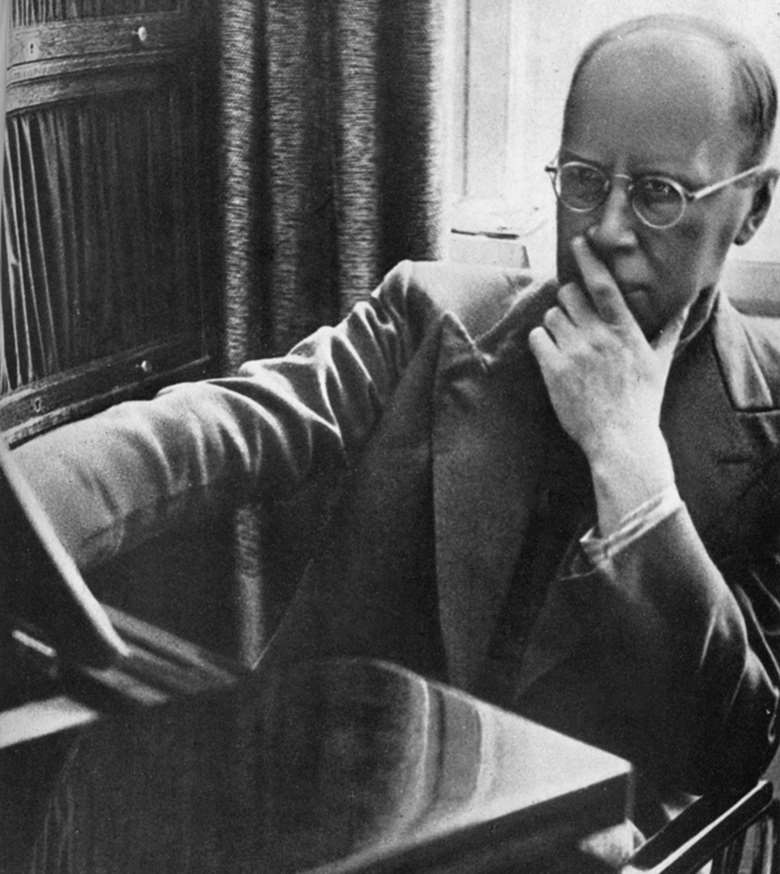Composed 1932; 15 minutes
Working in a farmhouse overlooking the Mediterranean, Prokofiev began work on his four-movement Sonata for two violins in the fall of 1932. His aim was to make his two violins “interesting enough to listen to for 10 or 15 minutes without the audience tiring.” So, as with the best musical miniatures or short stories, Prokofiev’s score leaves the listener satisfied, but wanting more. The music often has an enigmatic feel. The eloquently soaring Andante cantabile is tautly written, revealing the virtues of clarity and brevity which Prokofiev was endeavoring to incorporate into his music at the time. The two violins develop a pair of themes and twice combine them. The propulsive second movement, with its rigorous development of a musical idea, is in Prokofiev's playful scherzando vein. This was to become an integral part of his music when he returned, after a decade of self-exile in Europe and the United States, to live in the Soviet Union. The third movement is more intimate and lyrical, a graceful yet mysterious minuet which conjures sonorous textures as it reaches ever higher. The finale is a miniature tone poem, contrasting a contrapuntal, energetically driven theme, sometimes reminiscent of a vigorous Russian folk dance, with a broad, lyrical melody and a glance back at the opening movement.
 “Sometimes hearing bad compositions gives birth to good ideas,” Russian composer Sergei Prokofiev wrote after hearing an ineffective sonata for two violins in Paris. Good ideas then began to flow. “That’s not how it should be done,” he would say to himself while listening to the unnamed composer’s music; “what’s needed is this or that.” Tonight’s sonata was the result.
“Sometimes hearing bad compositions gives birth to good ideas,” Russian composer Sergei Prokofiev wrote after hearing an ineffective sonata for two violins in Paris. Good ideas then began to flow. “That’s not how it should be done,” he would say to himself while listening to the unnamed composer’s music; “what’s needed is this or that.” Tonight’s sonata was the result.